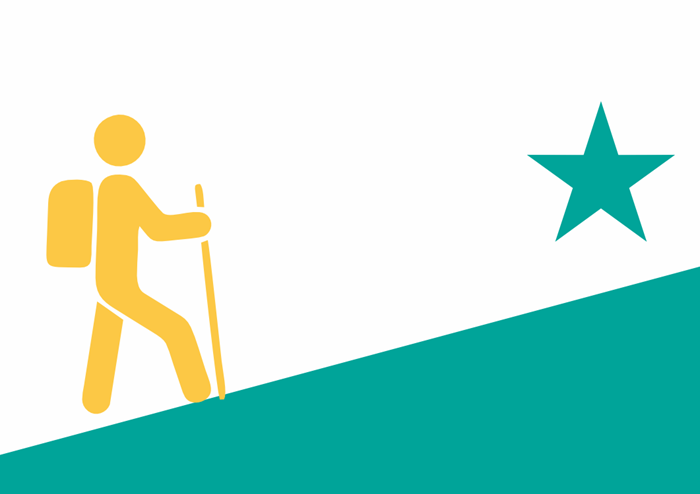Diversity of clinical experience
Students pursuing specialist optometry qualifications often bring a wide range of clinical experiences to their studies—some may have limited hands-on exposure, others may possess extensive but highly focused experience, and many fall somewhere in between. While this diversity enriches the learning environment, it also presents unique challenges in ensuring that all students can engage meaningfully with advanced clinical content.
This section explores the complexities of teaching and learning within cohorts of mixed clinical ability, highlighting the gaps, pressures, and potential inequities that can arise when students begin their specialist training from very different starting points.

Challenges:
- Disparity of experience or ability
Learners enter with vastly different levels of clinical experience, making it challenging to pitch content that meets everyone's needs. - Learners with extensive but narrow experience
Learners with deep experience in a specific area may find it challenging to adapt to clinical scenarios outside their usual scope of practice. - Variation in baseline knowledge
Differences in foundational knowledge create uneven starting points that complicate both teaching and peer collaboration. - Lack of confidence in skills or techniques
Less experienced learners may feel uncertain when performing procedures or making clinical decisions, requiring extra support. - Keeping experienced learners engaged
Highly experienced learners can become disengaged if course content feels too basic or repetitive. - Developing clinical decision-making in less experienced learners
Learners with limited clinical exposure need structured opportunities to develop sound clinical reasoning. - Access to a diverse mix of patients
Not all learners have equal access to varied patient populations, which can limit their clinical development. - Diversity of technology available in practice
Learners may have access to, and experience of, different technology and systems and record keeping methods.
Suggestions:
Diagnostic assessment - pre-course or early course assessments to identify individual strengths and knowledge gaps and help course leaders to tailor support and target key areas where students may need development.
Personalised learning plans - based on the outcomes of the diagnostic assessment to give tailored guidance whilst encouraging learners to take responsibility for their own progress.
Scaffolded learning resources - tiered or layered content that allows learners to engage at a level appropriate to their background, with opportunities to consolidate or extend their learning.
Additional resources and workshops - to enable learners to identify and address any deficiencies or gaps in their knowledge.
Simulation - consistent, high-quality training scenarios that mirror real-world patient interactions.
Peer learning and mentoring - provide opportunities for students to learn from each other through discussion groups, case study analysis or buddy systems. This will allow more experienced students to teach others and less experienced learners to gain practical insight and support.
Inclusive curriculum design - ensure that course content reflects diverse practice settings, patient populations and clinical scenarios to create relevance for learners from various backgrounds and promote equitable learning.